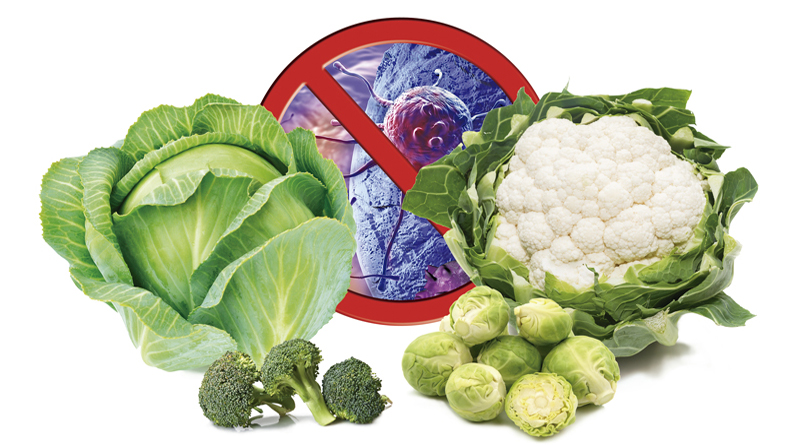When it comes to protein, nearly half of US and Canadian consumers eat it with every meal, according to a recent consumer survey conducted by The Nielsen Company. For one-fifth of consumers, plant-based proteins like legumes, seeds and nuts are among their preferred sources of protein. However, animal protein from meat, such as chicken, beef, turkey, pork and seafood, ranks first, which aligns with the fact that consumers in both countries spend more than half of their protein dollars on animal protein.
In fact, many consumers associate eating animal protein with being healthy and believe unprocessed meat is good for you, and more than a third say people who don’t consume animal proteins are missing out on certain nutrients.
Aside from the perceived health benefits, retailers and meat producers also need to understand how the price tag affects consumption. This is particularly important when prices fluctuate. Looking back to the first quarter of 2017 in the US, fresh meat was one of the top categories contributing to price deflation, or the reduction of general prices in the economy. Dollars sales declined (with exception of turkey and lamb sales in Canada), while volume sales continue to rise. This indicates that consumers are capitalizing on lower prices to satisfy their animal protein preferences.
Americans’ purchase behavior for animal protein
In the US, overall dollar growth for fresh meat categories declined 2 percent in the latest 52 weeks ended July 1, 2017, while volume rose 2 percent. Volume sales of fresh beef and turkey increased 6 percent and 1 percent, respectively. Chicken consumption remained flat, while consumption of pork and lamb declined in volume (down 3 percent and 2 percent, respectively). Fresh seafood, a top contributor to inflation, declined 2 percent in overall volume, despite dollar growth within prepared crustaceans (5 percent), prepared fish (4 percent) and shrimp (3 percent).
Regardless of pricing pressures, Americans’ growing focus on transparency indicates significant growth opportunities for products with healthy attributes. Within the lunch meat category, for example, products that are antibiotic and hormone free, as well as those with no artificial preservatives, are driving significant volume, according to Nielsen Product Insider, powered by Label Insight.
How Canadians shop for meat
Despite a 1 percent decline in Canadian dollar sales of fresh meat categories, overall volume is on the rise (2 percent), indicating that consumption hasn’t waned. Beef (9 percent), turkey (7 percent) and lamb (6 percent) are leading the volume growth, while volume sales of pork and chicken have declined (2 percent and 1 percent, respectively). In the seafood department, frozen seafood was the only category with dollar growth (2 percent) and flat volume, while fresh seafood, canned tuna, canned salmon and other canned seafood experienced declines in both dollar and volume sales.
Regardless of pricing pressures, transparency plays a role
Consumer preferences for healthier, clean food is clear in both the US and Canada, especially in the meat department. Sustainability is also an important consideration, as many consumers on both sides of the border say they’re willing to pay more for meat that is locally sourced (41 percent in Canada; 35 percent in the US) and ethically raised (35 percent in Canada; 31 percent in the US).
But consumer preferences don’t stop at ethics: Manufacturers need to think about the labels they place on packing. Meat products sold in the US that are clearly labeled with transparent claims like antibiotic-free and grass-fed are driving dollar growth (27 percent and 17 percent, respectively). Whether located in the US or Canada, manufacturers in both countries can capitalize on these trends to align with consumers’ animal protein preferences.
Need for vegetarian
The ongoing concern for the future sustainability of the global food chain and ingredient source transparency is having far-reaching consequences for food manufacturers and consumers alike. One area of new product development to benefit from a continued focus on sustainability and health, in general, is vegetarian foods.
Innova Market Insights revealed an 18 percent increase in global product launches tracked with a vegetarian positioning from 2014 to 2015, and a further 2 percent increase in 2016 from 2015. Growth may stagnate for vegetarian positioned new product launch activity in preference to using the more specific vegan positioning, due to the increasing popularity of this lifestyle trend.
This renewed interest in vegetables and their inherent health benefits should inspire and further drive innovation by food manufacturers in producing more exciting and tasty meat substitutes, vegetarian ready meals and meal kits for example. In regard to meat substitutes specifically, what is most interesting is the breadth of products now available, providing consumers with a lot more choice and also convenience, claims Innova Market Insights.
Source: Food Ingredients First








